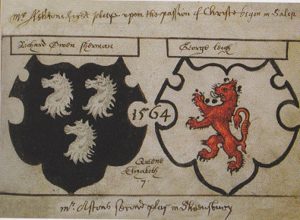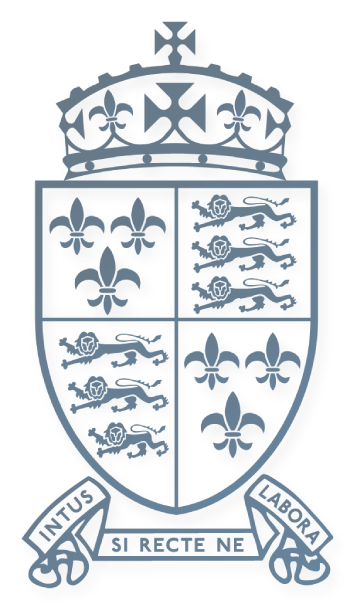
1561 – Thomas Ashton appointed Headmaster

Thomas Ashton was born in about 1500 and was an early graduate of St John’s College, Cambridge, of which he was a resident Fellow 1521-41.
This college was one of the key centres of the Protestant reformation and by the time he came to the hitherto Catholic town of Shrewsbury shortly after the accession of Queen Elizabeth I, Ashton had a reputation as a powerful Protestant preacher with influential friends at Court.
He had also established a fine reputation for his dramatic productions, and he was asked in 1560 by the Shrewsbury Guild of Drapers to produce one of the Mystery Plays that it had long been the custom to perform in the town.
Mystery Plays tell key stories from the Bible, and in the Middle Ages they were an important part of the religious and dramatic life of many major towns and cities in Europe, including Shrewsbury, where they were performed in an amphitheatre in the Quarry (where the swimming pool is now). Many of the plays, such as those telling of Christ’s crucifixion (Passion Plays), were powerful and very moving, and were often acted out over several days.
During his time in Shrewsbury, Ashton was entertained by the Bailiffs on at least two occasions, and in 1561 they offered him the position of Headmaster of Shrewsbury School, which had hitherto struggled to become properly established.
The appointment proved to be an inspired decision. The School flourished and the number of pupils grew rapidly, so that when William Camden wrote ‘Britannia’ in 1586, he described Shrewsbury as “the largest school in all England”.
Ashton worked closely with the town authorities and became in effect the first Protestant 'public preacher' in Shrewsbury, having a major impact not only on the growth of Shrewsbury School but also on the religious history of the town.
He also continued his interest in drama – and encouraged it amongst his pupils. Those in the senior school were required to declaim and play one act of a comedy every Thursday before break-time. A Whitsuntide (late May) play in the Quarry became a regular event in the town’s annual calendar, produced by Ashton and with boys from the School as actors. These plays attracted vast audiences from far and wide – even (almost) Queen Elizabeth I:
“The Queen came as far as to Coventry, on a journey to Shrewsbury, intending to see one of these performances in the year 1565, but her Majesty not having proper information mistook the time and when she came to Coventry, hearing it was over, returned to London.”

Photo: Ashton play - A commemoration of Ashton’s Shrewsbury plays
Ashton retired as Headmaster in 1571, but he retained a strong influence over its subsequent fortunes. Having already been successful in obtaining from Queen Elizabeth an increase in the endowment given to the School shortly before he retired, he also drew up a new set of Ordinances or rules for the governance of the School, which were published just before he died in 1578, and lasted until 1798.
Andrew Downes (1549-1628), Professor of Greek at the University of Cambridge and one of the translators for the King James Authorised Version of the Bible, was one of Ashton’s pupils at Shrewsbury. He wrote:
“After God and my parents he is the person to whom I am most indebted for all the literature I possess… Whatever I have of humanity, or of any good in me, proceeds from him, nor do I feel so grateful to the Almighty for anything else as for this, that, by his Providence, I enjoyed the advantage of a preceptor supreme, indeed an unparalleled felicity, that my father put me, when a boy, under the care of this most excellent person.”

